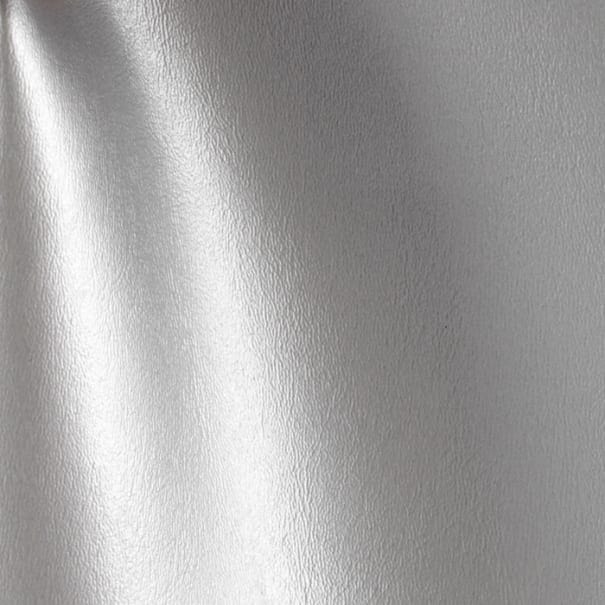
Some mistakes at home are easy to fix. For example, it’s pretty straightforward to patch a small hole in your wall or fill in scratches in your wood floor with a simple polish. However, floor tile problems are a different story. They’re not as simple to resolve, yet many homeowners continue to make the same mistakes. That’s where we come in.
Since 2007, Oasis Tile has been dedicated to helping customers find the perfect floor tiles for their homes or businesses. From unique shapes and sizes to the best flooring options for pets and the latest floor tile trends, we’ve been there to provide expertise and assistance to our customers.
Yes, there are many reasons to choose floor tiles. However, if you consider installing them, knowing some of the most common pitfalls is important. Keep reading to learn how to avoid unnecessary stress and frustration during your next floor tile installation project.
Common Floor Tile Problems
Floor tiles can have a long list of problems. The following is a brief overview of the most common floor tile problems and their causes.
1. Loose tiles
Typically, loose tiles result from improper installation, including using the wrong adhesive,
not allowing proper curing time, or uneven subflooring. Over time, this can lead to cracked tiles, shifting, or even popping out of place, resulting in expensive repairs and safety hazards.
Whether you installed our Riche Lafayette Magnifique porcelain floor tiles in your entryway yourself or had a professional install your new bathroom tiles, to avoid loose tiles, ensure your subfloor (the floor on which you’re applying the tiles) is level, use high-quality adhesives, and strictly follow the installation and curing guidelines for the specific tile type you’re using.

2. Neglecting Floor Tile Maintenance
Regardless of how well you install floor tiles and how durable they are, the life expectancy of a tile floor will depend on how well it’s maintained. While porcelain tiles like our Code Sand 24x48 Matte Porcelain Tile are among the most durable types of flooring on the market, they still require regular cleaning and inspection. This includes regularly sweeping and vacuuming to remove direct and grit.
You can also use a mop and a gentle cleaner or warm, soapy water to remove stains and buildup. If it’s not so much your floor tiles that are damaged and it’s the grout, use baking soda and water to make a paste. Apply it to the stain and let it sit for a few hours before scrubbing it off with either an unused toothbrush or nylon brush.
Proper cleaning and maintenance preserve the beauty of your tiles and ensure their longevity, keeping your floors looking great for years to come.

3. Apply The Wrong Adhesive
Using the wrong adhesive for your floor tiles can cause some serious problems. Each floor tile material, such as ceramic, porcelain, and glass, requires a specific type of adhesive to ensure effective bonding and durability. For example, understanding the basics of porcelain tiles means you know they need a stronger adhesive thanks to their density than other flooring.
By comparison, if you’re using natural stone, like our Brickstorm Hexagon White Carrara and Cream White Polished Stone Tile, you should know you’ll need a non-staining adhesive to prevent discoloration. That’s why always selecting an adhesive compatible with the type of tile you’re using is critical, as well as always following the manufacturer’s recommendations to avoid costly mistakes.

4. Uneven subfloor
Whether you’re installing wood-look tile flooring, such as our Kirova Hayah Brown 6 x 36 Matte Porcelain Tile, or marble floor tile, if you start with an uneven subfloor, you’ll end up with uneven floor tiles. An uneven subfloor is a frequent cause of floor tile problems, which can lead to issues like cracked tiles, loose grout, or even tiles popping out of place.
If you’re tiling over existing vinyl flooring, extra caution is required. Vinyl is known for creating an uneven and unstable base, particularly if it is damaged, not adhered properly, or loose. The subfloor needs to be level to avoid creating tile issues such as pressure points, which can compromise the stability of the tiles over time. An experienced professional tile installer will thoroughly inspect and prepare the subfloor by sanding down high points, filling in low spots, and ensuring a smooth, even surface. With proper preparation, your floor tiles will stay securely in place and maintain their appearance and durability.

5. Tenting or Buckling Tiles
When your floor tile lifts or buckles, the issue is called tenting. Tile tenting occurs due to a combination of compounding factors, with one of the most common being a lack of adequate movement joints. Your tile issue is caused by the flooring not having enough movement joints to expand and contract. According to industry standards, perimeter movement joints should be at the walls and other restraining surfaces, and additional joints should be spaced at a minimum of every 25 feet for interior applications. Without these joints, tiles cannot expand properly, leading to tenting issues.
Choosing the right tiles and understanding the installation process is crucial to avoiding problems like tenting. Refer to our floor tile buying guide to learn how to select tiles suitable for your space, considering material, durability, and required expansion accommodations.
6. Choosing the wrong material
You may love our Pacific Ocean Blue Wave 4x12 Glossy Glass Subway Tile. Still, if you’re debating tile vs. hardwood flooring for your mudroom, durability should be a top priority. Glass tiles are great for kitchen backsplashes or bathroom showers. Still, they are unlikely to withstand the impact of regular foot traffic in your mudroom. Before making any type of tile purchase, research our tile flooring inventory to ensure you’ve selected something suitable for the area where you plan to install it.

Common Floor Tile Issues by Area
Bathrooms
Bathrooms are prone to water damage due to ongoing exposure to moisture. Whether due to the long showers you take or your partner’s hot baths, if the tiles are not correctly sealed or grouted, water damage under your tile floor can occur, which can cause mildew and mold and loosen your tiles.
Installing glossy or smooth floor tiles like our Barbados Caribbean Blue Wave 6x6 Glossy Glass Tile in your bathroom can increase the risk of slips and falls. It might go well lining your shower walls, but it’s too dangerous to install on your bathroom floors, considering 50% of the time they’re wet.
If you’re considering underfloor heating in your bathroom, choose bathroom tiles that can withstand heat exposure.

Kitchens
Whether you’re considering mosaic floor tiles like our Retro Neuve Ocean Star 8x8 Matte Porcelain Tile in your personal or commercial kitchen, these high-traffic areas are some of the toughest on tiles and grout. Kitchen tiles are more likely to crack from heavy pots, sharp objects, and pans that are being dropped. Additionally, if you don’t use stain-resistant grout, spills or splashes will discolor the grout and tarnish it permanently.

Rest of the House
You may notice your tile floors fading and looking more worn in your home’s hallways and entrances than in your bed or living room. Additionally, the wrong adhesive might be used in rooms of your home with less moisture, causing tile damage. The solution is to choose the best material for floor tiles based on each room's foot traffic levels and use high-quality adhesive to ensure long-term stability.
If you’re thinking of replacing carpet with tile, this can be a fantastic upgrade for a number of reasons. Still, it’s important to consider tile installation costs, which will vary depending on the room’s size, the type of tile, and the subfloor.
Shop Floor Tiles with Oasis Tile!
Whether you’re looking for ideas on using floor tiles in your kitchen or want to know more about tiling over a wooden floor, Oasis is here to help. Shop online for the perfect tile or order tile samples to create beautiful spaces with quality floor tiles.


























